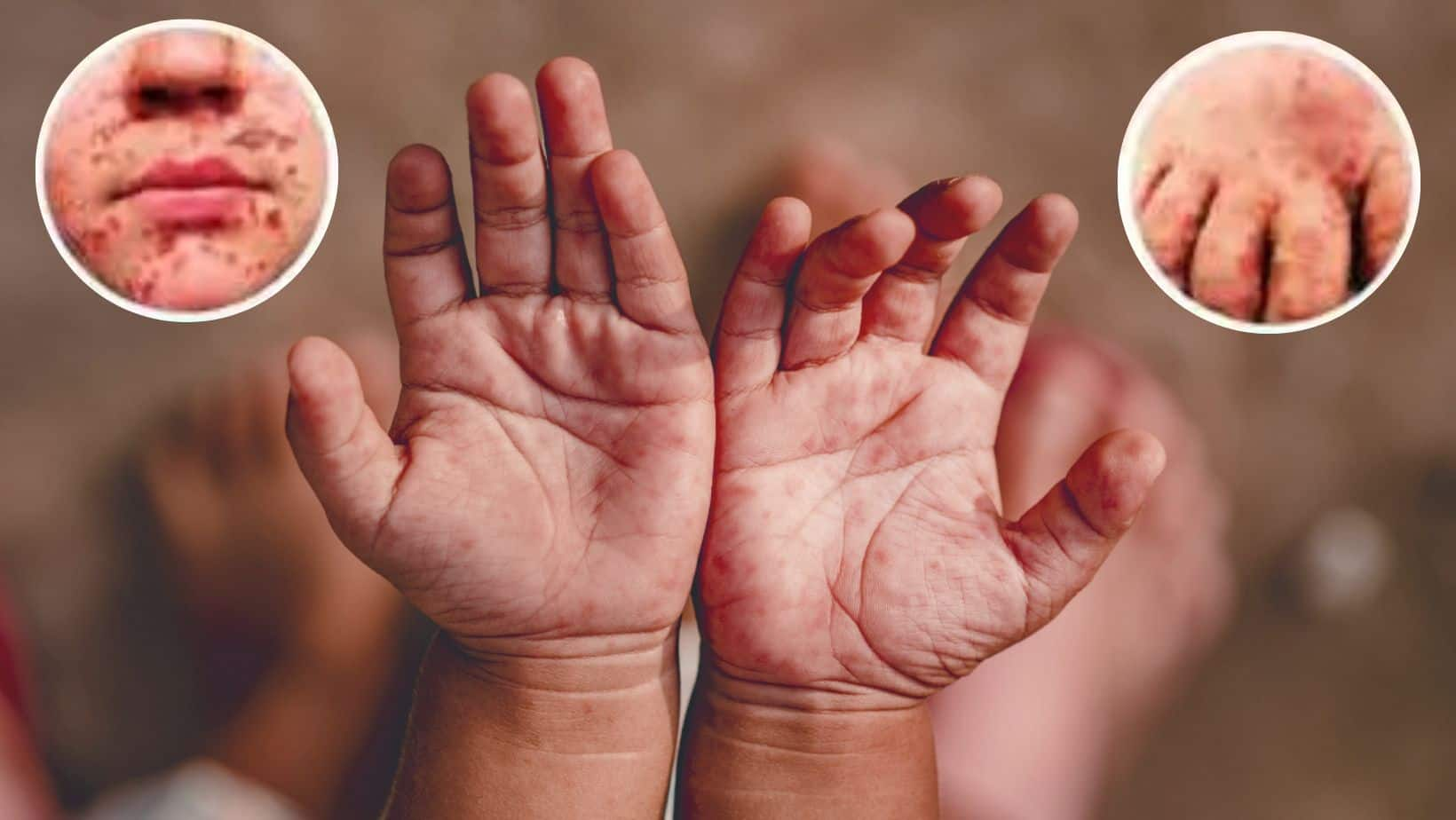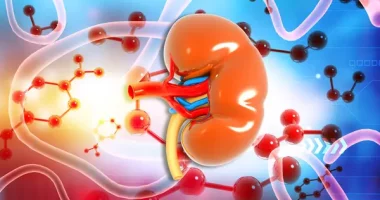India may have the world’s second-highest Sickle Cell Disease (SCD) burden.
According to research, India may have the world’s second-highest burden of sickle cell disease (SCD) after Nigeria. It’s the second-most-common genetic illness after thalassemia. Various factors like geographical and sociological variables can cause it. This condition is seen most frequently in rural areas; however, as more people move to the metropolis, it is increasingly spreading throughout the country. Dr Prabhat Sharma, Group Head, Pathology, Shalby Multispecialty Hospitals, shares treatments and advancements in screening sickle cell disease.
What Is Sickle Cell Disease?
- Sickle cell disease is of genetic disorder which alters the structure of the red blood cells, which are responsible for transporting oxygen throughout the body. Because of their typically spherical and flexible shape, red blood cells can easily pass through blood vessels. Some red blood cells in a patient with sickle cell anaemia are a sickle or a crescent moon. These sickle cells harden and become sticky, which can slow down or stop blood flow.
- The abnormal haemoglobin might cause red blood cells to take on a sickle-like form rather than their usual round shape. When these sickle-shaped cells interact with other abnormal red blood cells, the potential for complications increases. This can result in blood clotting, a condition that can induce symptoms such as acute pain but can also bring life-threatening complications such as strokes and organ failure.
Who Is Susceptible To Sickle Cell Anaemia?
- People who are heterozygous or have only one gene mutation that causes the sickle cell trait are called carriers. Heterozygous people can have sickle cell traits. For example, a person with sickle cell anaemia can have different symptoms like extreme pain in the whole body, fatigue, and swelling of hands and feet.
- Heterozygous people might have fragile symptoms or none at all. Unfortunately, a child born into one of these kinds of families has a chance of being born with two copies of the defective gene. The child will subsequently be diagnosed with full-blown sickle cell disease with all of its symptoms. Sickle cell disease can be identified in an unborn infant by sampling some fluid around the baby in the mother’s womb (amniotic fluid).
The SCD Burden In India
- The high burden of SCD in India is likely due to genetic and environmental factors. Sickle Cell Disease (SCD) is a debilitating and often fatal blood disorder that disproportionately affects people of Indian descent.
- Around 18 million Indians have sickle cell traits, and approximately 1.4 million have illnesses. Different states in India, like West Bengal, Chhattisgarh, Kerala, Uttar Pradesh, Maharashtra, Madhya Pradesh, Jharkhand, Gujarat, Odisha, and Rajasthan, show a notably higher prevalence of SCD than the average for the country.
Lack Of Awareness
- There is a dearth of awareness regarding this illness which often leads to misdiagnoses and leaves untreated or delayed treatment. In addition, it might be difficult to detect diseases in their early stages, undergo screenings, and receive treatment on time in geographically isolated places due to a lack of adequate medical infrastructure and knowledgeable medical professionals.
- The only time people choose to be screened is when they are experiencing excruciating pain, but failing to do so can result in various dangerous problems, such as anaemia, discomfort, organ damage, and strokes.
Treatments And Advancements In Screening
- SCD is a condition with no cure, but early identification and treatment can significantly enhance a person’s quality of life. However, research has shown that taking preventative measures can increase life expectancy, so efforts are being made to improve screening, diagnosis and treatment of the condition.
- Sickle cell treatments involve transfusions of blood to treat and prevent complications. These patients can get life-saving treatment in the form of a red blood cell transfusion, in which healthy red blood cells are extracted from a donor’s blood and injected directly into the recipient’s vein. An increase in healthy RBCs can alleviate symptoms and prevent problems.
- In addition, if the condition is severe, the individual will need to undergo bone marrow transplantation. This procedure, also known as a stem cell transplant, is a surgical procedure in which healthy bone marrow from a donor is used to replace sickle cell anaemia-affected bone marrow in the recipient.
- To effectively monitor and treat the disease, outreach programmes are being implemented by the National Rural Health Mission in several States. Unfortunately, there is no way to eliminate the risk of contracting this disease due to its genetic nature, but we can raise awareness and prevent it from becoming severe. Home
Soundhealthandlastingwealth.com offer the most up-to-date information from top experts, new research, and health agencies, but our content is not meant to be a substitute for professional guidance. When it comes to the medication you're taking or any other health questions you have, always consult your healthcare provider directly.










